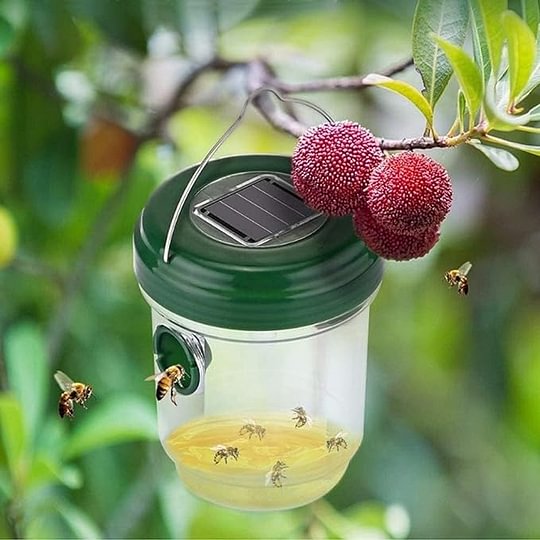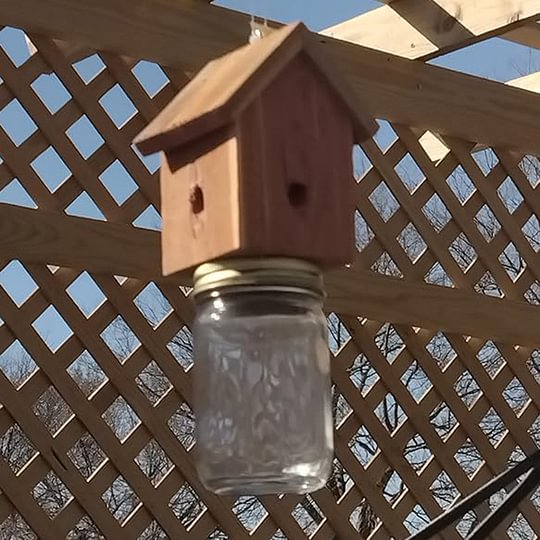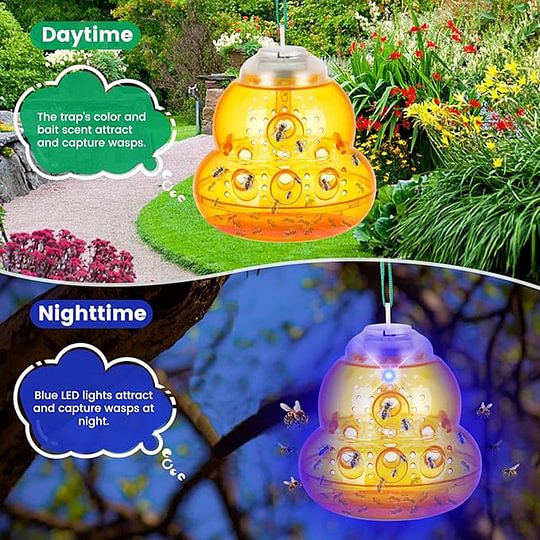Carpenter bees can be a gardener's nightmare, drilling holes in wooden structures and creating unsightly damage. These industrious insects may look similar to bumblebees, but their behavior and nesting habits can lead to frustration for homeowners. If https://www.carpenterbeetraps.shop/ tired of watching your favorite wooden deck or shed become a target for these pests, it's time to take action. Fortunately, crafting your own carpenter bee trap is not only effective but also a fun weekend project.
Making your own carpenter bee trap is an environmentally friendly solution that allows you to manage these pesky insects without resorting to harmful chemicals. With a few basic materials and some straightforward steps, you can create a trap that will help protect your property. In this guide, we will walk you through the process of building a carpenter bee trap DIY, providing you with all the information you need to make your own effective device that helps keep your outdoor spaces bee-free.
Materials Needed
To create an effective carpenter bee trap, you'll need a few basic materials. Start with a wooden board, preferably one inch thick, as it will serve as the main body of the trap. In addition, you'll need a piece of small mesh or screen to prevent the bees from escaping once they are trapped. A wooden dowel can also be helpful, as it can act as a perch for the carpenter bees, luring them into the trap.

For the trap's entrance, you'll need a drill and drill bits to create holes in the wooden board. Choose drill bits that are 1/2 inch in diameter for the entry holes, as this size is particularly attractive to carpenter bees. You may also want to have some wood glue on hand to secure components and ensure the stability of your trap throughout the season.
Lastly, consider using a container or jar to catch the bees. A glass jar or a plastic container with a lid will work well. This will allow you to monitor the trap's effectiveness as it will collect the bees without them escaping back into the environment. With these materials gathered, you're well on your way to crafting your own carpenter bee trap.
Step-by-Step Instructions
Begin by gathering your materials. For a basic carpenter bee trap, you will need a wooden block, a drill, wood screws, and a canister to capture the bees. The wooden block should be at least six inches long and three inches wide. Use a drill to create holes in the block, ensuring they are angled downwards. These holes serve as entry points for the bees, which will then become trapped in the canister. Make sure the canister is securely attached to the block to prevent escape.

Once the entry holes are drilled, it is time to set up your trap. Choose a location that carpenter bees frequent, such as near their nesting sites. Hang the trap at eye level and ensure it is positioned away from direct sunlight, as bees are less active in full heat. If you prefer, you can paint the trap in a dark color to attract the bees, as they are drawn to darker shades.
After setting up the trap, monitor it regularly. Check for any caught bees and remove them promptly to ensure your trap remains effective. It’s essential to keep the trap clean and free of debris. If necessary, you can create multiple traps to cover a wider area and increase your chances of capturing more carpenter bees.
Tips for Effectiveness
To enhance the effectiveness of your carpenter bee traps, strategic placement is crucial. Position your traps near areas where carpenter bees are known to frequent, such as wooden structures, fences, or trees. Observing their activity can help you pinpoint the best locations. Ideal spots include sunny areas, as carpenter bees are attracted to warmth and light. Ensure the traps are at least five to six feet above the ground to target adult bees effectively.
Using the right bait can significantly increase trap success. Carpenter bees are attracted to sweet scents, so incorporating materials like a mixture of sugar water or fruit juice can entice them. You can also use small pieces of wood that have been painted black or stained to mimic their natural nesting sites. This combination of scent and appearance can lure the bees into your traps more effectively, leading to higher capture rates.

Lastly, regular maintenance is important for your traps. Inspect them weekly to remove any captured bees and check for weather damage. Cleaning the traps helps maintain their attractiveness and functionality. Additionally, consider rotating your traps to different locations if you notice a decrease in captures over time. A proactive approach will keep your traps effective throughout the bee season.
